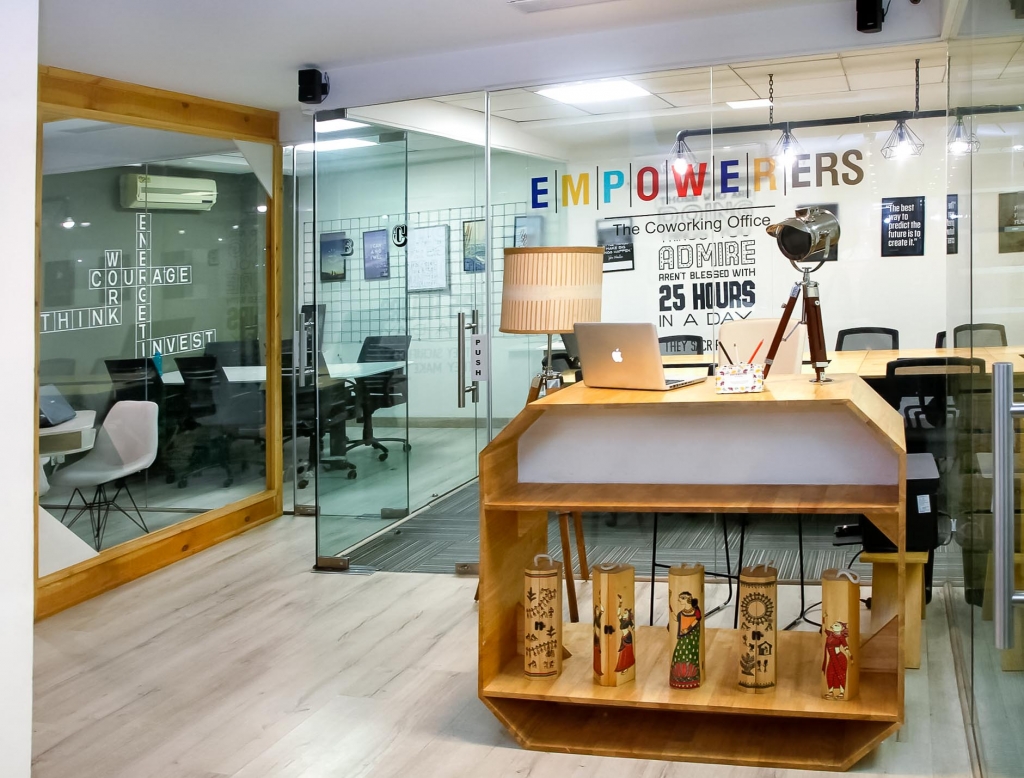A varied work culture can be seen across the globe, from one workplace to another. A significant and defined difference can be observed in the working culture of India and western countries. In the western part of the world, a better standard of living and an upgraded standard of living is seen, as it is a cluster of developed nations. We will discuss the work culture of both the places, without any judgment of which is better, but at the same time provide an open platform for you to decide which best practices can be accommodated at your workplace. Hence choosing and maintaining a work culture to strive the organization and the employees towards excellence are very important.
1. The Importance of Time
A perfect work-life balance is seen in western countries. As they completely understand the difference between personal and professional life. They treat work as work and don’t let it interfere in their personal life. They are quite keen on their work timings. Coming on time is the trend they follow, which is an 8-hour shift. Five days a week Monday to Friday from 9 AM to 6 PM are the usual working hours. There are very few people who work late at night or overtime unless necessary. They come on time, leave on time and get back to their personal life.
In India, we generally get late to work and have to sneak into our offices and work until late at night to cover up for the time. Most of us consider work to be our first priority whereas it should be of equal importance to our personal life.
Hence planning your work to attain work-life balance is very important for healthy living.
2. The Colleague Relationship
A professional relationship is not only expected but also maintained in the western world, whether they are your family members or close friends. The culture in the office is strictly professional, only once they are out of the office a casual environment is observed.
In India, we become friends in no time. This leads to an interaction which is beyond professionalism. So India has yet to reach that level of professionalism. As people tend to take a lot of favours from each other. This leads to an environment which is very friendly. Hence seeing a positive side to this, people are more comfortable at the workplace, also creating a workplace that is encouraging leading to better productivity.
It is easier to start a new relationship, but really difficult to maintain, hence one should be really careful with the professional relations.
3. The Break Routine
In western countries, breaks are generally shorter. A 30-minute lunch break, and an added 15-minute tea/smoke break. Employees usually have beverages at their desks, and simultaneously check their emails or calculations or proofreading documents. This leads to more efficiency.
In India, a one-hour lunch break is on paper. This long break leads to long strolls on the premises. Also added to this is a 15-20 minutes tea/smoke breaks, making a place for mini gatherings between all employees either inside or outside the office building. This culture has its own advantage. It creates a workplace which refreshes everyone’s mood and lightens the competitive environment.
As it is highly recommended to have a stretch or a small walk after every hour, for better concentration at work.
4. The Office Environment
Health is considered to be the top priority at the offices in the west. They believe that to increase productivity, a positive environment and right mental health is a must in the office. Psychological assessments and group development activities are regularly conducted in the offices.
Coming to the culture of the subcontinent, India is catching up with the improvement of the office environment. Indian organizations believe in team building activities. Offices are giving incentives to their employees such as yearly trips or fitness vouchers hence encouraging a work-life balance. Providing a work environment that is relaxed and productive. This not only retains the employee but also creates a mouth to mouth publicity for the company.
The office environment is now a day’s encouraging employees, not by incentives, but various other ways such as activity centres, kids area, motivational quotes. These quotes on the wall of the cabins motivate the employees to work better. The walls also mention the vision and mission of the workplace hence encouraging the employees to work in one direction.

At Empoweres Co-Working city, the walls inspire you to give your best, hence increasing your productivity. See our office space in Green Park
Delhi, on the yellow line, two minutes away from the metro station. Book a free trial now https://empowerers.city/
5. Hierarchy
In western countries, authority is not followed much. A person with the right knowledge at a young age can also be sent to the highest positions in the company. The environment in the organization will still be smooth. Also, superiority will not be shown and a learning environment is expected by all. This creates a much healthy environment to work.
Traditionally in India hierarchy was followed. But now organizations are moving towards a more flat system. Here there is no hierarchy and it leads to more efficiency. This makes a more welcoming environment. Also, the employees are much happy as they get equal respect regardless of their designation. Each and every person works together with dignity. Making each employee more confident about themselves in the organization. Also, there aren’t any thoughts that someone is below or above any person.
These were the major differences between the work culture in India and Western Countries. All these cannot be certified as good or bad, the rules and regulations were made as per the location and situation of an organisation. Nor is this a debate to show which workplace cultures are better or worse in comparison with one another. What you need to do is see between the lines and accept the cultures that suit your company the best.





